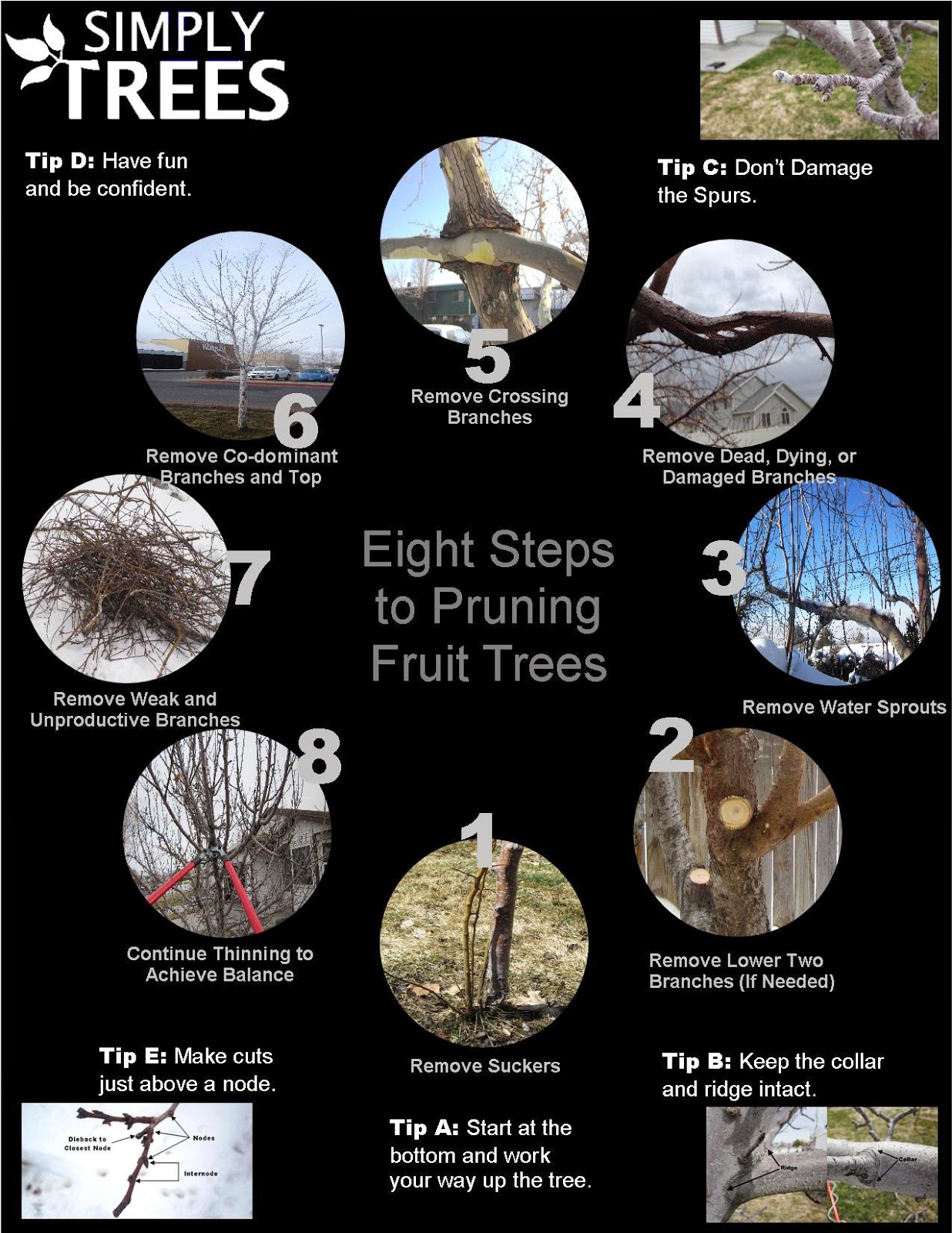When it involves developing a landscape that prospers, mastering the art of tree trimming is a must. Visualize being able to shape your trees with accuracy, guaranteeing their vigor and appeal for years ahead. By discovering https://decomposing-tree-stumps84951.thenerdsblog.com/36872653/crafting-the-perfect-method-for-choosing-a-tree-removal-service-can-be-important-for-making-sure-superior-results for proper cuts, timing, and architectural training, you hold the secret to a successful outdoor area that will impress all who encounter it. However just how do these pruning techniques really influence the health and wellness of your trees and the total landscape aesthetic?
Correct Trimming Cuts for Tree Health And Wellness
When it concerns keeping the health of your trees, making correct pruning cuts is crucial. Wrong cuts can bring about disease, insect infestation, and overall tree decrease. To guarantee the vigor of your trees, constantly begin by utilizing sharp, tidy tools to make exact cuts.
Begin by recognizing the branch collar, a puffy area where the branch connects to the trunk. Reducing just outside the collar aids promote appropriate healing and decreases the risk of infection. Avoid leaving stubs as they can invite pests and conditions right into the tree.
Bear in mind to make cuts at a slight angle, sloping away from the trunk, to avoid water from pooling on the injury. Additionally, remove any dead, damaged, or crossing branches to improve air blood circulation and sunshine penetration.
Timing and Regularity of Trimming
To maintain the health and structure of your trees, recognizing the ideal timing and regularity of pruning is essential.
The most effective time to prune trees is commonly during the inactive season in late winter season or early spring. Trimming throughout this period helps promote brand-new development once the tree starts budding in the springtime.
However, https://www.safetyandhealthmagazine.com/articles/16753-tree-care-related-worker-fatalities-down-in-2017-report , like spring-flowering ones, are best trimmed right after they finish flowering to prevent cutting off next year's flower buds.
Normal trimming is important, yet the regularity relies on the tree types and its growth price. For the majority of trees, a yearly inspection to remove dead, infected, or crossing branches is suggested. Young trees might require even more frequent trimming to develop a solid framework, while fully grown trees may only require maintenance trimming every couple of years.
Prevent pruning during the autumn when conditions are more quickly spread, and avoid hefty trimming throughout the summertime when the tree is actively growing.
Training Young Trees for Framework
For developing strong and healthy trees, training young trees for ideal framework is vital. By shaping a tree when it's young, you established the structure for a strong and visually appealing fully grown tree.
Begin by recognizing the main leader, which is the major upward-growing branch. Urge the central leader's growth by pruning away competing leaders, assisting the tree establish a strong central trunk. In addition, remove any kind of branches that grow internal or downward, as they can create structural problems as the tree expands.
It is very important to room out side branches uniformly around the trunk to advertise balanced growth. As the tree grows, continue to monitor its development and trim as required to maintain its form and framework.
Effectively trained young trees are much less most likely to develop weak crotches or jammed branches, lowering the risk of damage throughout storms. Spending time in training young trees will certainly pay off with a wonderfully structured and resistant tree in the future.
Conclusion
Since you have actually mastered the crucial techniques of tree pruning, your landscape is on its way to growing. By using sharp devices, making accurate cuts, and properly timing your pruning sessions, you are guaranteeing the health and longevity of your trees. Keep in mind to frequently inspect and keep your trees to maintain them flourishing. With your newly found knowledge, your landscape will certainly continue to grow wonderfully for many years to come. Maintain the magnum opus!
